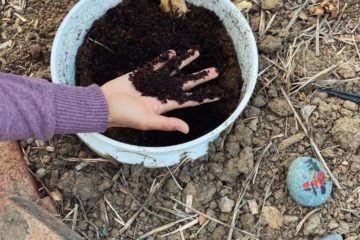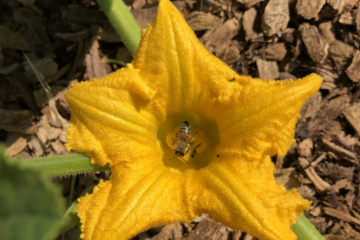Written by Sophie Djen, Agriculture and Design Intern
These templates were created just for you so it’s easier to know what to plant in your garden! We especially wanted to promote native plants since they are so important to your garden and our ecosystem. Some benefits of planting native plants include: saving water (most are drought-tolerant), significantly reducing maintenance, increasing wildlife and biodiversity, decreasing landfill waste and pesticide use, and strengthening your connection with California’s genius-loci (sense of place). You can refer to The Importance of Native Wildflowers and Native Plants Talk with Grassroots Ecology to learn more about why we need native plants in our ecosystem and its importance with food security.
These guides are divided by 2 categories, Native Planting Borders and Hillside Planting Borders, each with full sun and part shade options. These guides should make it a little easier to decide what to plant if you need a border or garden done!
Templates
Layout of Templates
Page 1: The first page gives an idea of how the plants picked in these templates will look like. It is followed by a short introduction paragraph explaining why you should plant native plants and how it can help with erosion control in the hillside planting guide.
Page 2: The second page is a plan view illustration of the plant palette given. This template can be used as is, or can be rearranged with the given palette. The palette lists scientific names, common names, and a photo of what the plant looks like.
Page 3: The third page is the planting plan that corresponds with the plan view. This tells you exactly how many of each plant you need with callouts. The key also explains the watering schedule and its maintenance.
Page 4: The fourth page shows a list of alternative plants for the given plant palette. If you can’t find what is on the first list, switch it out with an alternate one from this page. It will have either a similar form or flower to the original plant palette given.
Page 5: The fifth page offers different feature plants to add to the palette if you have a large space or just are looking for good native plants. It gives two options for trees, shrubs, and vines, each with a description and scientific/common names.
Page 6: The sixth page shows a bloom calendar of what months the plants and alternative plants flower and their pollinators. The color corresponds with the plant’s flower color and how it compares to its alternative. The ladybug symbol represents small insects and bugs.
Page 7: The last page shows the references I used to collect this information and resources that anyone can use if they want to learn more about plants in California and natives.
Sources:



0 Comments